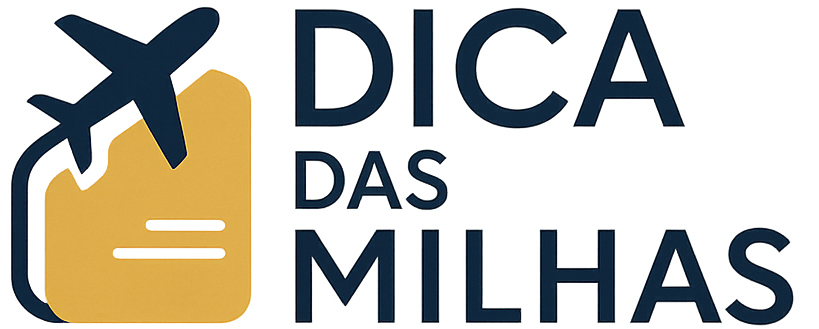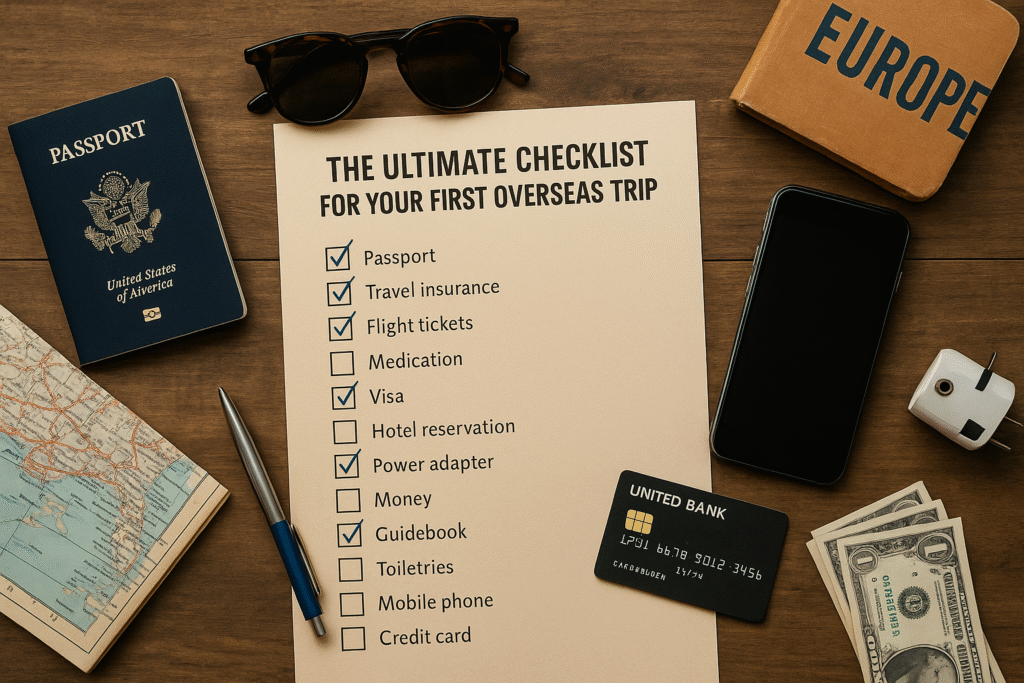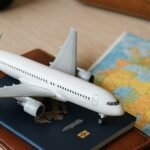Planning your first trip abroad is one of the most exciting milestones for any traveler. But it can also be overwhelming. With different currencies, languages, visa rules, and cultural norms, it’s easy to forget something critical in the planning process.
That’s why having a complete and reliable checklist can make the difference between a smooth trip and a stressful one. In this guide, you’ll find the ultimate checklist for your first overseas trip, covering everything from documentation and packing to money management and safety tips.
Whether you’re traveling solo, with a partner, or on business, this article will help ensure you’re fully prepared for your international journey.
Before You Book: Preparation Essentials
1. Check Your Passport Validity
Make sure your passport:
- Is valid for at least 6 months beyond your return date
- Has at least two blank pages for entry/exit stamps
- Is in good physical condition (no water damage, missing pages, etc.)
Some countries will deny entry if your passport doesn’t meet these criteria.
2. Research Visa Requirements
Every country has different visa policies. Visit the official government website or use tools like Sherpa or iVisa.
Questions to answer:
- Do you need a visa?
- Can it be obtained online (eVisa), on arrival, or at an embassy?
- How long can you stay?
- Are there any entry restrictions?
Start this process at least 4–6 weeks before your trip.
3. Verify COVID-19 or Health-Related Requirements
As of 2025, many countries have dropped pandemic-related entry rules, but some still require:
- Proof of vaccination
- Health insurance that covers COVID-19
- Digital health declarations or apps
Also check if your destination recommends or requires:
- Yellow fever vaccine
- Malaria pills
- Other region-specific health precautions
Visit the CDC (Centers for Disease Control and Prevention) or WHO for destination-specific advice.
4. Book Flights with Time for Connections
When booking your flights:
- Allow at least 2 hours for international connections
- Avoid tight layovers at large airports
- Double-check the airport codes (some cities have multiple airports)
Use tools like Google Flights, Skyscanner, or ITA Matrix to find the best fares and routes.
Booking & Confirmation Checklist
- Passport valid for at least 6 months
- Visa applied/approved
- Flights booked and confirmed
- Hotel or accommodation reserved
- Travel insurance purchased
- Emergency contact list created
- Copies of all documents saved (paper + digital)
Money and Budgeting
5. Notify Your Bank and Credit Card Companies
Tell your bank you’re traveling internationally so your cards don’t get flagged for fraud.
Also:
- Confirm foreign transaction fees (consider a card with 0% fees)
- Bring at least two cards (in case one gets lost or blocked)
- Set up SMS/email alerts for transactions
6. Understand the Local Currency and Exchange Rate
Use apps like XE, OANDA, or Wise to check real-time exchange rates.
Consider bringing:
- US$100–$300 in local currency
- US$100 in backup USD for emergencies
- Prepaid travel cards or multi-currency accounts (e.g., Revolut, Wise)
Avoid exchanging money at the airport unless it’s an emergency—rates are typically worse.
7. Create a Trip Budget
Break down your daily costs:
- Accommodation
- Food
- Activities and tours
- Local transport
- SIM card or data plan
- Tips and incidentals
Use tools like Trail Wallet or TravelSpend to track expenses in real time.
Packing Checklist
8. Essential Travel Documents
- Passport + copy
- Visa (if applicable)
- Travel insurance card
- Driver’s license/international permit
- Flight and hotel confirmations
- Emergency contacts
9. Clothing Based on the Climate
- Light, breathable clothes for tropical regions
- Layers for colder or transitional climates
- A waterproof jacket or compact umbrella
- Comfortable walking shoes
- At least one dressier outfit (for restaurants or events)
Always check the weather forecast and local dress code norms before packing.
10. Personal Essentials
- Toiletries (in 100ml or less for carry-on)
- Reusable water bottle
- Sunglasses and sunscreen
- Travel adapter with USB ports
- Prescription meds + copy of the prescription
- Travel pillow, sleep mask, and earplugs for long flights
Tech & Connectivity
11. International SIM Card or eSIM
Stay connected with:
- A local SIM (buy upon arrival)
- An eSIM (like Airalo or Holafly)
- Roaming package from your carrier
Check if your phone is unlocked before trying a new SIM.
12. Download Essential Apps
Install these before departure:
- Google Maps (download offline areas)
- Google Translate
- WhatsApp or Signal
- Currency converter (XE or Wise)
- Airline and hotel apps
- Uber or local transport apps
- VPN (for internet privacy and security)
Health and Safety Abroad
13. Travel Insurance
Buy comprehensive insurance covering:
- Emergency medical care
- Trip cancellation or delay
- Lost baggage
- Theft or robbery
Compare options on SafetyWing, World Nomads, or Allianz Travel.
14. Keep Emergency Numbers Handy
Know how to call:
- Local emergency services (e.g., 112 in Europe)
- Your embassy or consulate
- Travel insurance support
- Credit card fraud hotline
Save these in your phone and write them on paper in your wallet.
15. Understand Local Laws and Customs
What may be legal or acceptable at home can be illegal abroad.
Research:
- Cultural taboos (e.g., clothing, gestures)
- Laws around alcohol, smoking, or photography
- Public behavior expectations
- Tipping norms
On the Day of Departure
- Passport and documents in carry-on
- Check in online
- Confirm flight gate and status
- Arrive at the airport 3 hours early for international flights
- Have a pen for customs forms
- Keep electronics and liquids accessible for security screening
Arrival Abroad: What to Do First
- Get local currency or activate your eSIM
- Download an offline map of the area
- Locate transportation options (avoid airport taxi scams)
- Check in to your accommodation and store valuables securely
- Take a photo of your passport and keep it in cloud storage
Bonus Tips for First-Time International Travelers
- Learn a few basic phrases in the local language
- Don’t overpack — leave room for souvenirs
- Be cautious with street food, but don’t avoid it entirely
- Keep your passport with you, but never leave it in your back pocket
- Use a crossbody bag with zippers for security
- Don’t convert too much money at once — use ATMs with good rates
- Don’t book too many activities in one day — leave space to enjoy
- Take photos of receipts and important info in case you lose them
Final Thoughts: Confidence Comes from Preparation
Your first international trip can feel overwhelming, but with a solid checklist, you’ll be well-prepared to handle anything that comes your way.
This ultimate checklist for your first overseas trip ensures you don’t just get there — you enjoy it. From visas and vaccinations to SIM cards and safety, you now have a travel companion you can trust.
Travel is always an adventure, but when you start it with confidence, it becomes unforgettable for all the right reasons.
Planning your first trip abroad is one of the most exciting milestones for any traveler. But it can also be overwhelming. With different currencies, languages, visa rules, and cultural norms, it’s easy to forget something critical in the planning process.
That’s why having a complete and reliable checklist can make the difference between a smooth trip and a stressful one. In this guide, you’ll find the ultimate checklist for your first overseas trip, covering everything from documentation and packing to money management and safety tips.
Whether you’re traveling solo, with a partner, or on business, this article will help ensure you’re fully prepared for your international journey.
Before You Book: Preparation Essentials
1. Check Your Passport Validity
Make sure your passport:
- Is valid for at least 6 months beyond your return date
- Has at least two blank pages for entry/exit stamps
- Is in good physical condition (no water damage, missing pages, etc.)
Some countries will deny entry if your passport doesn’t meet these criteria.
2. Research Visa Requirements
Every country has different visa policies. Visit the official government website or use tools like Sherpa or iVisa.
Questions to answer:
- Do you need a visa?
- Can it be obtained online (eVisa), on arrival, or at an embassy?
- How long can you stay?
- Are there any entry restrictions?
Start this process at least 4–6 weeks before your trip.
3. Verify COVID-19 or Health-Related Requirements
As of 2025, many countries have dropped pandemic-related entry rules, but some still require:
- Proof of vaccination
- Health insurance that covers COVID-19
- Digital health declarations or apps
Also check if your destination recommends or requires:
- Yellow fever vaccine
- Malaria pills
- Other region-specific health precautions
Visit the CDC (Centers for Disease Control and Prevention) or WHO for destination-specific advice.
4. Book Flights with Time for Connections
When booking your flights:
- Allow at least 2 hours for international connections
- Avoid tight layovers at large airports
- Double-check the airport codes (some cities have multiple airports)
Use tools like Google Flights, Skyscanner, or ITA Matrix to find the best fares and routes.
Booking & Confirmation Checklist
- Passport valid for at least 6 months
- Visa applied/approved
- Flights booked and confirmed
- Hotel or accommodation reserved
- Travel insurance purchased
- Emergency contact list created
- Copies of all documents saved (paper + digital)
Money and Budgeting
5. Notify Your Bank and Credit Card Companies
Tell your bank you’re traveling internationally so your cards don’t get flagged for fraud.
Also:
- Confirm foreign transaction fees (consider a card with 0% fees)
- Bring at least two cards (in case one gets lost or blocked)
- Set up SMS/email alerts for transactions
6. Understand the Local Currency and Exchange Rate
Use apps like XE, OANDA, or Wise to check real-time exchange rates.
Consider bringing:
- US$100–$300 in local currency
- US$100 in backup USD for emergencies
- Prepaid travel cards or multi-currency accounts (e.g., Revolut, Wise)
Avoid exchanging money at the airport unless it’s an emergency—rates are typically worse.
7. Create a Trip Budget
Break down your daily costs:
- Accommodation
- Food
- Activities and tours
- Local transport
- SIM card or data plan
- Tips and incidentals
Use tools like Trail Wallet or TravelSpend to track expenses in real time.
Packing Checklist
8. Essential Travel Documents
- Passport + copy
- Visa (if applicable)
- Travel insurance card
- Driver’s license/international permit
- Flight and hotel confirmations
- Emergency contacts
9. Clothing Based on the Climate
- Light, breathable clothes for tropical regions
- Layers for colder or transitional climates
- A waterproof jacket or compact umbrella
- Comfortable walking shoes
- At least one dressier outfit (for restaurants or events)
Always check the weather forecast and local dress code norms before packing.
10. Personal Essentials
- Toiletries (in 100ml or less for carry-on)
- Reusable water bottle
- Sunglasses and sunscreen
- Travel adapter with USB ports
- Prescription meds + copy of the prescription
- Travel pillow, sleep mask, and earplugs for long flights
Tech & Connectivity
11. International SIM Card or eSIM
Stay connected with:
- A local SIM (buy upon arrival)
- An eSIM (like Airalo or Holafly)
- Roaming package from your carrier
Check if your phone is unlocked before trying a new SIM.
12. Download Essential Apps
Install these before departure:
- Google Maps (download offline areas)
- Google Translate
- WhatsApp or Signal
- Currency converter (XE or Wise)
- Airline and hotel apps
- Uber or local transport apps
- VPN (for internet privacy and security)
Health and Safety Abroad
13. Travel Insurance
Buy comprehensive insurance covering:
- Emergency medical care
- Trip cancellation or delay
- Lost baggage
- Theft or robbery
Compare options on SafetyWing, World Nomads, or Allianz Travel.
14. Keep Emergency Numbers Handy
Know how to call:
- Local emergency services (e.g., 112 in Europe)
- Your embassy or consulate
- Travel insurance support
- Credit card fraud hotline
Save these in your phone and write them on paper in your wallet.
15. Understand Local Laws and Customs
What may be legal or acceptable at home can be illegal abroad.
Research:
- Cultural taboos (e.g., clothing, gestures)
- Laws around alcohol, smoking, or photography
- Public behavior expectations
- Tipping norms
On the Day of Departure
- Passport and documents in carry-on
- Check in online
- Confirm flight gate and status
- Arrive at the airport 3 hours early for international flights
- Have a pen for customs forms
- Keep electronics and liquids accessible for security screening
Arrival Abroad: What to Do First
- Get local currency or activate your eSIM
- Download an offline map of the area
- Locate transportation options (avoid airport taxi scams)
- Check in to your accommodation and store valuables securely
- Take a photo of your passport and keep it in cloud storage
Bonus Tips for First-Time International Travelers
- Learn a few basic phrases in the local language
- Don’t overpack — leave room for souvenirs
- Be cautious with street food, but don’t avoid it entirely
- Keep your passport with you, but never leave it in your back pocket
- Use a crossbody bag with zippers for security
- Don’t convert too much money at once — use ATMs with good rates
- Don’t book too many activities in one day — leave space to enjoy
- Take photos of receipts and important info in case you lose them
Final Thoughts: Confidence Comes from Preparation
Your first international trip can feel overwhelming, but with a solid checklist, you’ll be well-prepared to handle anything that comes your way.
This ultimate checklist for your first overseas trip ensures you don’t just get there — you enjoy it. From visas and vaccinations to SIM cards and safety, you now have a travel companion you can trust.
Travel is always an adventure, but when you start it with confidence, it becomes unforgettable for all the right reasons.
Elaine A. da Silva is a Brazilian travel and finance enthusiast, best known as the creator of the blog Dica das Milhas. With a strong background in personal finance and a passion for exploring smart travel strategies, she specializes in simplifying the world of airline miles and travel rewards for everyday people. Through her blog, Elaine shares practical tips, insider knowledge, and step-by-step guides to help readers save money and travel more efficiently using loyalty programs and credit card points.







